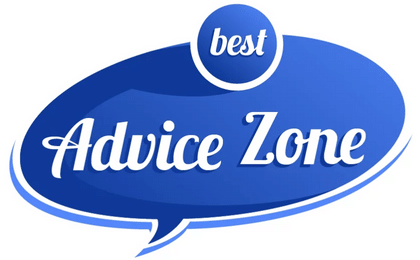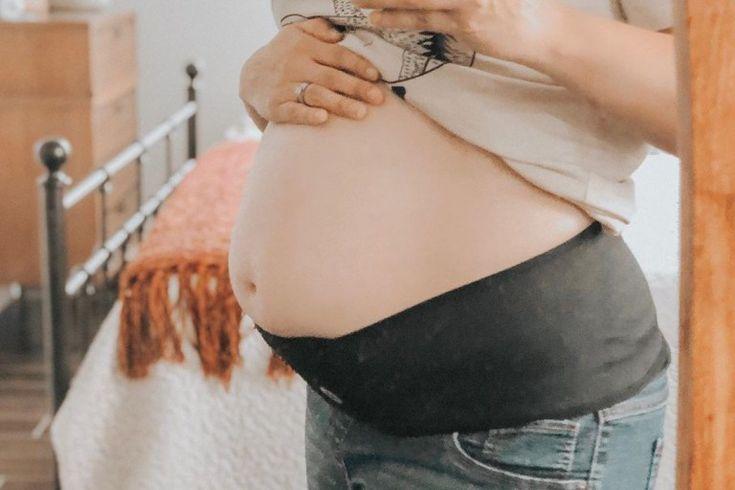Pregnancy is a very satisfying experience among others in life, indeed, but it also brings a multitude of bodily changes, which, in turn, cause discomfort. As the baby bump gets bigger, a lot of women become eager to find supportive ways for their bodies and to lessen the load. One frequently mentioned alternative is the Momcozy Ergonest Maternity Belly Band.
A belly band is not just a piece of clothing—it is a support that can take the pain off, give you the correct posture, and facilitate your daily activities. Here, we will explore in detail what a belly band is, how it helps, and the instructions for safe use.
What Is a Belly Band and Why Pregnant Women Use It
A pregnancy support belly band is a flexible, comforting wrap that is worn around the waist. The main idea is to raise and support the belly, ease the pressure on the back or pelvis, and make a general good feeling.
Belly bands are among the products that pregnant ladies turn to to get the following benefits:
- Relief of lower back pain
- Improved posture during everyday activities
- Support while walking or standing for long durations
- Additional comfort during the final stages of pregnancy
Actually, belly bands are not a kind of medical device but a product that helps women to feel more comfortable during pregnancy.
When to Start Wearing a Belly Band in Pregnancy
Most of the time, a belly band is introduced by women during the second trimester when the pregnancy bump becomes quite visible. It is at this point that stance changes and the common symptoms of the lower back or pelvic area begin.
Still, the story is different in every case. There are those who have worn belly bands first because of discomfort and others who have it later when the third trimester makes the extra weight more difficult. It is very important that you pay attention to your body.
Common Benefits: Back Support, Belly Lift, and Pelvic Relief
The use of a belly band during pregnancy can provide a variety of benefits in different areas of the body:
- Back support: A belly band changes the distribution of your body weight in such a way that the feeling of heaviness in the lower back is relieved.
- Belly lift: The band is used through the controlled lifting of the bump, thereby decreasing the contributing pressure of the abdominal and pelvic muscles.
- Pelvic relief: The extra support that you willingly accept can be the cause of the release of the holding of the hips and pelvis, which are the parts of the body that carry the most weight as the pregnancy progresses.
- Improved posture: It also gives you the advantage of not slouching since it supports the core and the spine.
- Increased comfort for activity: If you wore one during a walk or while doing your routine activities, your movement would be less exhausting, and you would feel more comfortable.
How to Wear a Belly Band Comfortably and Safely
Wearing a belly band should feel supportive—not restrictive. Here are some key tips:
- Place the band properly – The band should be around your lower belly and hips, a little below the waistline.
- Are you sure that the band fits well? This means it is tight enough to be of support, but on the other hand, it should not be so tight that you feel limited in your movements, or it is hard for you to breathe.
- Don’t overuse it – The time of using a belly band is limited to a few hours by a number of doctors; no usage during the whole day is allowed.
- Be in tune with your body – If you experience pain, tingling, or restricted circulation, then take off the band or at least loosen it.
Different Types of Belly Bands and Their Features
Not every belly band is similar. These are the different types that are generally found:
- Basic belly bands – Just a simple elastic band that can give mild compression and support to the user.
- Maternity support belts – These are with a more definite structure and have adjustable straps to give more comfortable support to the back and hips.
- Postpartum belly wraps – Initially created for use after delivery, however, they are sometimes used during the late pregnancy period to provide additional support.
Some of the must-have features can be ventilated fabric, adaptability, and convenient wearing underneath or over clothes.
Choosing the Right Belly Band for Your Trimester
The right support belt for the abdomen varies with the stage of pregnancy:
- First trimester – Generally, a belly band is not required by most women for early pregnancy, only if a disorder is present.
- Second trimester – A small and light band is ideal for back pain that starts during pregnancy and for giving soft support to the body.
- Third trimester – The use of a stronger, adjustable maternity support belly band will be more effective in supporting the increasing weight of the abdomen.
It is crucial to determine the right size. If it is too loose, the belt will not be able to offer support; on the other hand, if it is too tight, it will cause discomfort.
Activities Where a Belly Band Can Be Especially Helpful
Belly bands are not designed to be used continuously; however, they are very handy in situations such as:
- Walking – It helps to lessen the pressure on the lower back and hips.
- Long periods of standing – The stability that the band gives, along with the removal of the weight from the pelvis.
- Light exercise – The support that the bump gets from the band during pregnancy-safe workouts.
- Household chores – It assists the back to do bending and lifting with less effort.
What to Avoid: Overuse, Tight Fit, and Warning Signs
Although belly bands are considered very effective, their excessive use or incorrect use might lead to some problems. Here are some things for you to remember:
- Do not use it for a very long time – If you use it for a long time, the muscles around your core and pelvis can become weak because the band has supported them.
- Make sure not to put it on too tight – If the pressure is too high, there is a possibility that the circulation of blood and digestion will be affected.
- Be aware of the signs – If you get numbness, tingling, and increased pain, stop using it and see your doctor.
Conclusion
Using a belly band during pregnancy can make daily life more comfortable by easing back pain, lifting the belly, and reducing pelvic pressure. The right pregnancy support belly band can also encourage better posture and help with mobility during daily tasks.
The key is balance: wear it when needed, choose the right type for your trimester, and don’t overuse it. Always listen to your body and consult your healthcare provider if you’re unsure.
A belly band isn’t a cure-all, but it’s a simple, practical tool that can make the pregnancy journey smoother and more comfortable.











